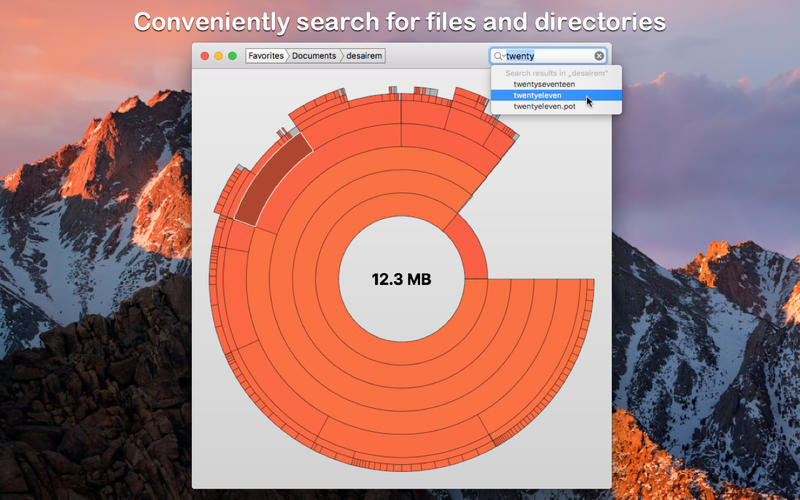

The mimicking of the west coast sound, once seen as innovative, was then regarded as unappealing. Another major weakness in the album was the lack of electric keyboards, a standout feature in their debut, and, without it, the group's complexity in the studio and live was hindered.

The publicity of the "Bosstown Sound" was quickly fading, as the marketing techniques were viewed unfavorably by critics and audiences alike. The album did not chart nearly as well, peaking at number 198. Prior to recording, more personnel changes took place with Jeff Baxter taking Winthrop's position, and DiDonato was replaced by Caryl Lee Britt. Later in 1968, the band released their second album, Behold & See, which again was conceived as a concept piece. The addition enabled the band to more closely recreate the overdubbed vocal harmonies in their debut album. Priscilla DiDonato was also added to the lineup at this time. Following their recording and initial tour, Lahteinen left the group to be replaced by Russell Levine. With the publicity backing them, the band toured with prominent musical acts like Big Brother and the Holding Company and The Youngbloods at significant venues like the Fillmore. In 2008, the album still retained its presence as a psychedelic classic when it was listed at number 36 on Classic Rock magazine's "42 Greatest Psychedelic Albums". Each of those aspects were similar to the typical West Coast psychedelic sound of the era. The album utilized a variety of guitar sounds and distortions including fuzz, echo, tremolo, feedback, volume control, and use of the wah-wah pedal. A concept album based on anti-war sentiment, the album was Ultimate Spinach's most successful when it peaked at number 34 on the Billboard 200. The album, like the other bands' debuts, was distributed by MGM Records. As the band and its contemporaries were emerging on the scene, the band released their debut album, Ultimate Spinach, on January 6, 1968. In addition to his instrumental responsibilities, Douglas also was the primary songwriter and liner note writer for their first two albums. He, alone, played several instruments including guitar, keyboards, harmonica, and sang lead for most of the group's songs.

First album and initial success ĭouglas was the self-designated leader of the band. Although the hype of the " Bosstown Sound" anticipated much success, and for a brief period achieved some success, the scene eventually failed to register nationally because the groups were deemed too similar to bands in San Francisco. In September 1967, Lorber announced his plan to make Boston, in his own words, "a target city for the development of new artists from one geographical location." Lorber announced his project in a Newsweek magazine article in January 1968, in which he touted new bands which were emblematic of the movement, including Ultimate Spinach, Beacon Street Union and Orpheus. There is also a thought that the band name was in accord with other colorful psychedelic band names during that era and got the band attention. When I was done, I looked at myself and said 'Whoa! I am ultimate spinach. I grabbed a green one and started drawing all these psychedelic designs on my face. I had a bunch of colored markers I used to draw with. I started looking at myself in the mirror and my face was doing funny things. Bruce-Douglas says that he named the band based on experiences in an acid trip: "One day, in 1967, I was in my room, tripping on some really pure LSD. The name of the band was changed to Ultimate Spinach when they signed with Boston impresario Alan Lorber (Lorber produced all three of their albums). As Underground Cinema, the group served as house band in a club called the Unicorn and recorded demos which later appeared on New England Teen Scene: Unreleased! 1965-1968, in 1966. The band originated as a group called the Underground Cinema, with a line-up consisting of Ian Bruce-Douglas as a multi-instrumentalist, Barbara Hudson as vocalist, Keith Lahtenein on drums, Geoff Winthrop on rhythm guitar, and Richard Nese on bass guitar. History "Bosstown Sound" and Naming of Band 1.1 "Bosstown Sound" and Naming of Band.


 0 kommentar(er)
0 kommentar(er)
